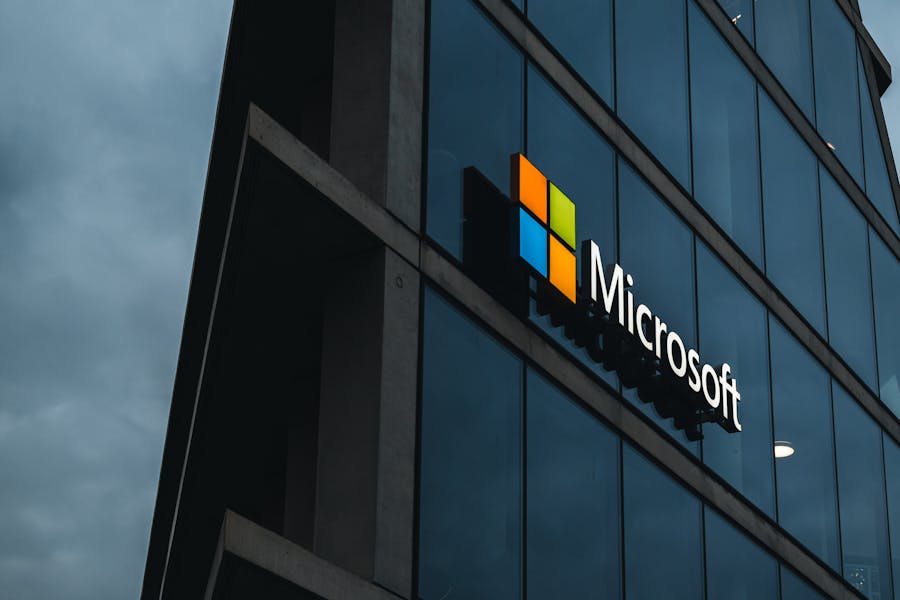Microsoft has become a cornerstone of the global technology landscape, providing software solutions that most organizations rely on daily. With this reliance comes a significant responsibility to maintain security and privacy in its products. However, recent reports have highlighted various security flaws within Microsoft’s software systems, raising concerns among users and IT professionals alike. This article explores the nature of these vulnerabilities, their implications, and what users can do to protect themselves.
What are Microsoft Security Flaws?
Microsoft security flaws refer to vulnerabilities within Microsoft’s software products that could allow unauthorized access, data breaches, or other malicious activities. These flaws can emerge from coding errors, design oversights, or improper configurations. The significance of addressing these issues cannot be overstated, as they pose risks to both individual users and organizations.
Recent Security Flaws and Their Impact
In the past year, several critical security flaws have been reported in Microsoft products. Among the most notable incidents include vulnerabilities in Microsoft Exchange Server and Windows operating systems.
Microsoft Exchange Server Vulnerabilities
In early 2023, Microsoft disclosed multiple vulnerabilities affecting Microsoft Exchange Server, which is widely used for email communication in enterprises. Cybercriminals exploited these flaws to launch ransomware attacks, compromising sensitive information and crippling organizational communication.
| Vulnerability Name | CVE Identifier | Severity | Description |
|---|---|---|---|
| ProxyNotShell | CVE-2022-41040 | Critical | Allows remote code execution by bypassing security measures. |
| CVE-2022-41082 | CVE-2022-41082 | Critical | Enables attackers to execute code remotely, affecting server integrity. |
| CVE-2023-23397 | CVE-2023-23397 | High | Exploit allows unauthorized access to user accounts. |
Windows Operating System Flaws
The Windows operating system has also been under scrutiny. In mid-2023, Microsoft released a patch for several vulnerabilities that could allow attackers to execute arbitrary code with elevated privileges. This poses a severe risk, especially in enterprise environments where Windows is the primary operating system.
| Vulnerability Name | CVE Identifier | Severity | Description |
|---|---|---|---|
| CVE-2023-21549 | CVE-2023-21549 | Critical | Exploit could permit full control over the affected system. |
| CVE-2023-21552 | CVE-2023-21552 | High | Allows privilege escalation, leading to unauthorized access. |
| CVE-2023-21551 | CVE-2023-21551 | Medium | Could lead to information disclosure and further attack vectors. |
The Procedures for Reporting and Addressing Flaws
When a security flaw is identified, Microsoft has a well-defined process for addressing it. The Microsoft Security Response Center (MSRC) plays an essential role in investigating reported vulnerabilities and coordinating patch releases. Users are encouraged to report potential security issues through the Microsoft Security Portal.
Importance of Timely Updates
Regular updates are vital for safeguarding against security flaws. Microsoft emphasizes that users should enable automatic updates to ensure they receive the latest security patches promptly.
Best Practices for Users
Understanding the nature and implications of security flaws is crucial for users. Here are some best practices to enhance security and protect sensitive information:
- Keep Software Updated: Regularly install updates for all Microsoft products. Microsoft’s automated update feature can help manage this efficiently.
- Enable Multi-Factor Authentication (MFA): MFA significantly reduces the risk of unauthorized access by requiring a second form of verification.
- Utilize Antivirus Software: Employ reputable antivirus solutions alongside Microsoft Defender for comprehensive protection.
- Educate Staff: Organizations should ensure that their employees receive training on recognizing phishing attacks and other security risks.
- Implement Network Segmentation: Segregate networks to limit access to sensitive data and reduce the potential impact of a breach.
The Future of Microsoft Security Measures
As cyber threats evolve, Microsoft continues to enhance its security measures. The company has aggressively invested in artificial intelligence (AI) and machine learning to detect and mitigate threats proactively. Microsoft Defender, its security suite, leverages AI to analyze user behavior and detect anomalies indicative of a security breach.
Conclusion: The Imperative for Continuous Vigilance
Security flaws in software systems like those from Microsoft can have significant repercussions. For individuals and organizations, the stakes are high, and the cost of a breach can lead to financial loss, reputational damage, and legal implications. As technology advances, so too must our approaches to security. Microsoft’s ongoing efforts, coupled with user awareness and proactive measures, are crucial to navigating the ever-changing security landscape.
Resources for Further Reading
In summary, staying informed about security flaws in Microsoft products is essential for anyone using their software. Regular updates, employee training, and the implementation of strong security measures will help mitigate risks associated with these vulnerabilities.

